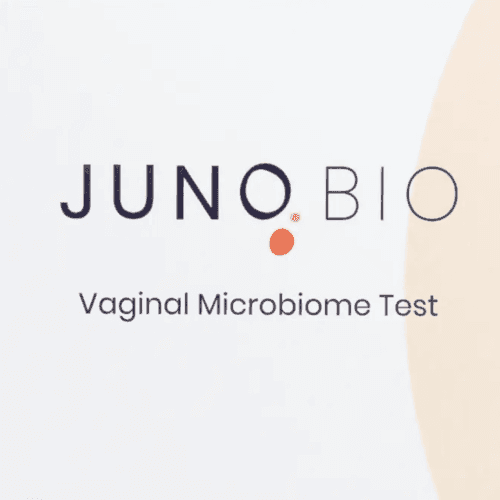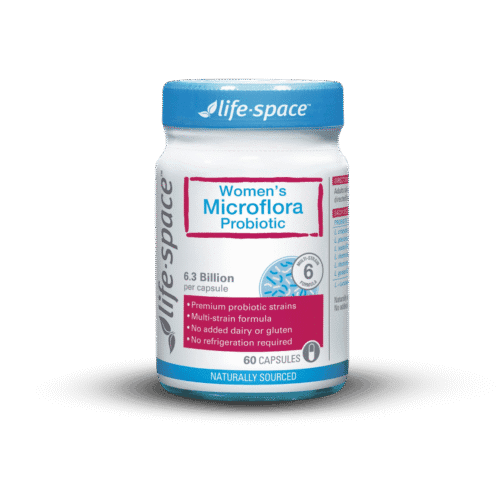Candida albicans is an opportunistic yeast (fungus) that can develop in mouth, vagina, skin or nail bed of humans. Some countries call yeast infections thrush. Yeast infections can be especially dangerous for those with lowered immunity, such as during chemotherapy or bone or organ transplants.
A closer look at C. albicans in the human body
Candida albicans is a normal component of the gut flora, generally existing without causing problems; however, this yeast can become pathogenic, growing filaments that are described as root-like and capable of invading tissue and organs. This is called dimorphism (though C. albicans is technically polyphenic).
C. albicans may go through several changes in form, depending on the circumstances, including specific environmental conditions like oxygen levels (anaerobic conditions), nutrient levels, pH, and temperature.
C. albicans is found in 40-60 per cent of all healthy adults, but cannot survive or multiply outside of the human body. Most Candida species do not cause infection in humans, but several do, including C. albicans.
Most human infections are caused by C. albicans, C. tropicalis, C. parapsilosis and C. glabrata. Candidiasis can be fatal, with estimates ranging from a few thousand to tens of thousands of deaths due to this yeast every year.
The word…
Candida = comes from Latin word candidus, meaning ‘white’
Albicans = comes from Latin word albicō, meaning ‘becoming white’
Candida albicans therefore means ‘white becoming white’
(a tautology, for grammar nerds!)
Vulvovaginal yeast infections (vulvovaginal candidiasis or VVC)
Approximately 75 per cent of women will experience a yeast infection at least once in their lifetime, with nearly all of these infections (90 per cent) caused by C. albicans.
A severe, treatment-resistant overgrowth of Candida albicans is known as a superinfection, which makes treatment more difficult and prolongs the infection.
Vulvovaginal symptoms of C. albicans infection
- Discharge
- Cottage cheese-like discharge – thick, lumpy
- Not malodorous – may smell sort of milky
- Dry, red appearance of vaginal mucosa or skin
- Itchy
- May become raw
- Paper cuts
Sexual transmission of C. albicans
C. albicans can be sexually transmitted between partners, so if a woman has a vulvovaginal yeast infection and has unprotected sex with a male partner, he can contract the infection on his penis and surrounding areas where vaginal fluids (yeast spores) have come into contact. This can include infections on other parts of the body, like mouth or skin, not just genitals, and applies to female sexual partners too.
Treating C. albicans vulvovaginal yeast infections
C. albicans creates a biofilm, on both human tissue and artificial implants (catheters, medical devices), often found inside biofilms with Staphylococcus aureus. These co-infections lead to worse outcomes, particularly in hospital-acquired infections.
Treating C. albicans vulvovaginal yeast infections
Treatments typically include antifungal drugs or herbal medicine applied to a local infection or taken orally. Vulvovaginal infections are typically treated as local infections, but at My Vagina, we also recommend combining oral treatment with local treatment for optimal results. Addressing yeast biofilms is also important, as biofilms contribute to drug resistance1.
Non-drug antifungal treatments
At My Vagina, we take a multipronged approach to vulvovaginal candidiasis, treating orally, vaginally and providing probiotic support. We have found the best results using this approach, with all-natural ingredients and non-resistance-forming botanical medicine.
- Aunt Vadge’s Yeast Defend – all-natural, powerful antifungal ingredients
- Kolorex Vaginal Supplement – strong oral herb to treat yeast all over
- Kolorex Vaginal Care Wash – cleans gently, leaves feeling fresh
- V-Spot vaginal probiotic – use healthy bacteria as a weapon
- Life-Space Women’s Microflora Probiotic – oral probiotic with vagina-specific lactobacilli
Other natural strategies for treating yeast
- Essential oil vaginal irrigation – rosemary, tea tree, thyme – a few drops of essential oil in a cup of warm water applied vaginally
- Probiotic containing Saccharomyces boulardii – used orally
- Milk kefir vaginally and orally, but beware high-yeast milk kefir!
- Live yoghurt
Medical antifungals for C. albicans infections
- Over-the-counter vaginal creams like Canesten
- Amphotericin B – systemic
- Echinocandin – systemic
- Fluconazole – systemic
- Nystatin – oral and oesophageal
- Clotrimazole – skin, genitals
Antifungal resistance
Antifungal drug resistance is a growing problem1, with limited treatment options available. Resistance is increasing over time.
Many practitioners and the public remain unaware of the emerging threat of drug resistance in fungal species like Candida and continue to treat vaginal yeast infections with over-the-counter antifungals. These treatments may contribute to the emergence of resistant strains.
Non-drug treatments are therefore recommended as a first-line treatment where possible.
References2–7
- 1.Kaur J, Nobile CJ. Antifungal drug-resistance mechanisms in Candida biofilms. Current Opinion in Microbiology. Published online February 2023:102237. doi:10.1016/j.mib.2022.102237
- 2.De Seta F, Warris A, Roselletti E. New insights toward personalized therapies for vulvovaginal candidiasis and vaginal co-infections. Front Microbiol. Published online August 8, 2025. doi:10.3389/fmicb.2025.1625952
- 3.Sobel JD. Recurrent vulvovaginal candidiasis. American Journal of Obstetrics and Gynecology. Published online January 2016:15-21. doi:10.1016/j.ajog.2015.06.067
- 4.Valentine M, Wilson D, Gresnigt MS, Hube B. Vaginal Candida albicans infections: host–pathogen–microbiome interactions. FEMS Microbiology Reviews. Published online 2025. doi:10.1093/femsre/fuaf013
- 5.Bhosale VB, Koparde AA, Thorat VM. Vulvovaginal candidiasis-an overview of current trends and the latest treatment strategies. Microbial Pathogenesis. Published online March 2025:107359. doi:10.1016/j.micpath.2025.107359
- 6.Sobel JD, Faro S, Force RW, et al. Vulvovaginal candidiasis: Epidemiologic, diagnostic, and therapeutic considerations. American Journal of Obstetrics and Gynecology. Published online February 1998:203-211. doi:10.1016/s0002-9378(98)80001-x
- 7.Gonçalves B, Ferreira C, Alves CT, Henriques M, Azeredo J, Silva S. Vulvovaginal candidiasis: Epidemiology, microbiology and risk factors. Critical Reviews in Microbiology. Published online December 21, 2015:905-927. doi:10.3109/1040841x.2015.1091805

Get a fresh perspective with a qualified, experienced vulvovaginal specialist naturopath.
This product has multiple variants. The options may be chosen on the product page
The most comprehensive vaginal microbiome test you can take at home, brought to you by world-leading vaginal microbiome scientists at Juno Bio.

Promote and support a protective vaginal microbiome with tailored probiotic species.






